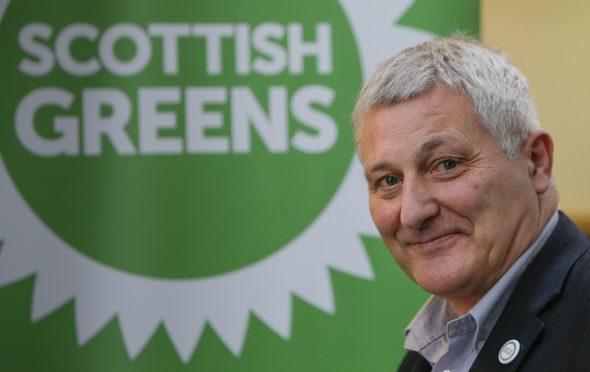On the eve of the Scottish Green Party conference, Highland and Islands MSP John Finnie spells out why members are getting ready for a fresh campaign to secure independence for Scotland.
In 2014 the Scottish Green Party campaigned under our distinctive “Green Yes” banner for a better Scotland, an independent Scotland.
For a variety of reasons, not least currency, EU membership and trade, we failed to persuade enough voters to back independence.
In 2016 we campaigned to stay within the European Union.
Greens have always been internationalists and, regardless of Scotland’s more uncertain than ever constitutional future, we believe our small planet works best when nations and states co-operate.
While the 2014 referendum was between the flawed status quo and those of us with aspirations for real change, 2016 was largely an ugly fight among equally unpleasant factions of the Tories.
The independence referendum debate centred on a comprehensive document – “Scotland’s Future” – produced by the Scottish Government, while the 2016 referendum saw no prospectus, for either result, from the UK Government.
Sadly, with what little debate there was, the Leave campaign liberally peppered it with overt racism and downright falsehoods.
It is clear that the status quo of 2014 is not the status quo of 2016 – access to the European single market is impossible without freedom of movement, use of the pound has recently hit a 186-year low due to market uncertainty and we face the removal of our European citizenship against our will.
These all show that the circumstances have changed.
This weekend, the Scottish Greens’ conference will develop a set a “red lines” for the coming negotiations, that if crossed would trigger support for a second independence referendum.
The status quo offered up by those opposed to independence no longer exists. Important international relations have been damaged, but Scotland’s support for Europe has been widely recognised.
So time to dust off the Green Yes banners and campaign again for social and economic justice in a just and welcoming independent Scotland.
